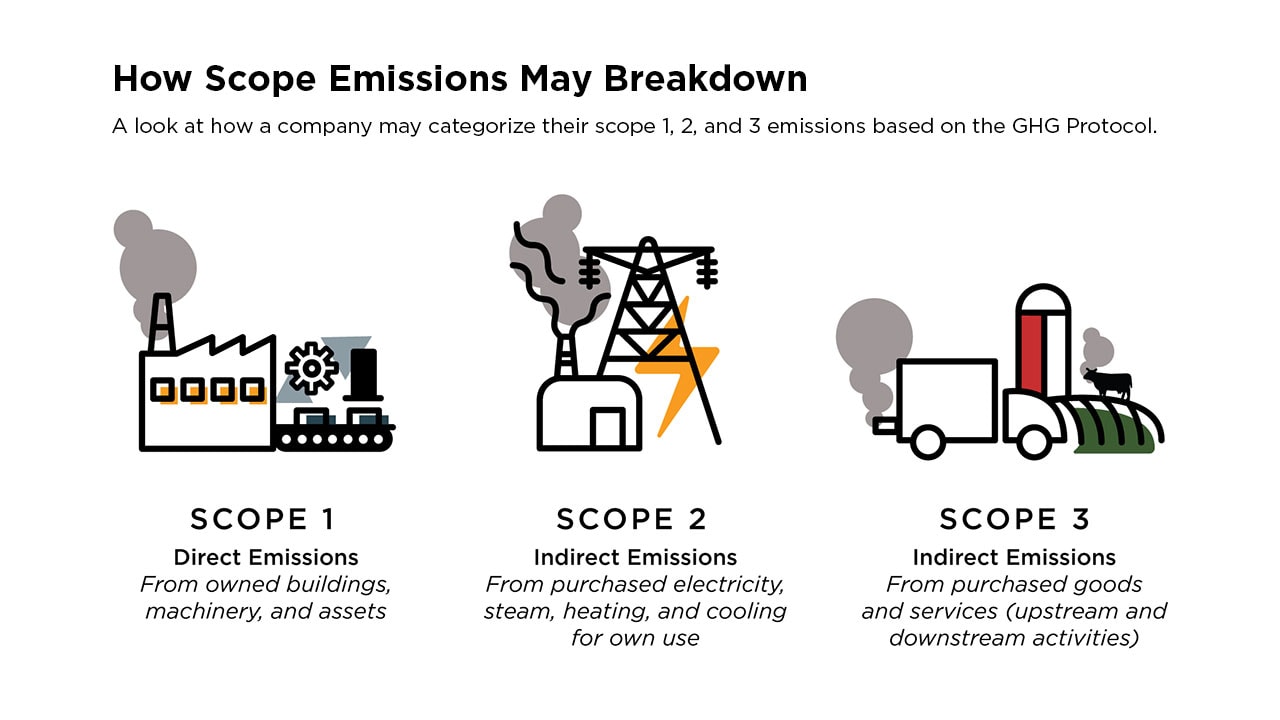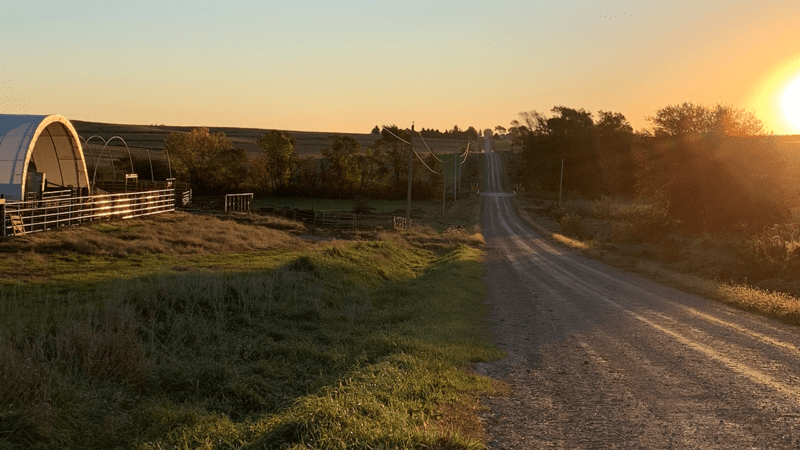Last Updated on December 9, 2021
Over the years, we’ve learned that it’s not enough to only fight for the well-being of farm animals. The environment needs our attention, too, and now more than ever as we face a climate crisis.
From the way our farmers raise animals to box shipment and delivery, every aspect of our supply chain emits carbon. As we work towards reducing our impact on the environment, we know our goals will not be easy to achieve.
“Understanding Our Carbon Footprint” is a four-part blog series that shares ButcherBox’s journey. We’ll share what we’ve learned and the actions we’ve decided to take as a company to reduce and offset carbon emissions.
Carbon 101
When people talk about carbon, they’re referring to a grouping of greenhouse gases (GHGs). The Kyoto Protocol recommends reducing GHGs to mitigate global warming. The Paris Agreement of 2015 also emphasizes the importance of this work. It calls on nations to commit to GHG reduction targets to limit global warming well below 2°C. This is a warming factor that, if exceeded, would irreparably change the global climate. To simplify these metrics and allow for easier comparisons, we refer to everything in carbon dioxide equivalencies (CO2e), which we’ve simplified to “carbon.”
The Paris Agreement and the public call for real change launched us into this new era of corporate commitments to sustainability. While carbon has become the metric to measure, the solution to climate change is not one-dimensional. Luckily, there has been an organized effort to help scale the reporting and measurement aspects necessary to make this work this legitimate.
What Is GHG Accounting?
The Greenhouse Gas Protocol is the most comprehensive and credible framework for GHG accounting. To account for GHGs, organizations and governments tally up their emissions within the supply chain. Then, they set reduction targets and decide on how to best meet those goals.
The GHG Protocol breaks out emissions across three categories, referred to as scopes. Each scope details how a company must consider and quantify their associated emissions. They are:
- Scope 1: Direct emissions from owned assets (e.g., company buildings, trucks, or machinery)
- Scope 2: Indirect emissions from purchased electricity, steam, or heating/cooling
- Scope 3: Indirect emissions from upstream and downstream sources of purchased goods

For most food and beverage companies, more than 90% of emissions fall under Scope 3. Companies use the scopes to set emissions reduction targets. Emission reduction targets can either be true reductions or offsets. True reductions are activities that reduce direct or indirect carbon emissions. For instance, a company can invest in solar panels to eliminate their reliance on natural gas or coal. Offsets, on the other hand, are when a company invests in external reductions. Purchasing carbon offset credits counts as an offset.
What Is Carbon Neutrality?
When a company claims carbon neutrality, it means they are eliminating or capturing as many GHGs as they create. While they may have made true reductions (for instance, converting to 100% renewable energy), most companies rely on purchased carbon offsets to make this claim.
How Do Carbon Markets Fit In?
Markets exist to make carbon offset credits transactional. To offset your GHG emissions, you need to buy an equal number of credits. For instance, to offset 10 tons of carbon, you would buy 10 tons of carbon offset credits to make a carbon-neutral claim.
There are two types of markets for carbon offsets: compliance and voluntary. Compliance markets have mandatory reductions requirements. National, regional, or international carbon reduction regimes regulate these requirements. Voluntary markets do not have a consistent framework across markets and are scrutinized. Because of the lack of consistency, companies need to buy carbon offset credits using their own discretion and evaluation framework. The U.S. operates almost exclusively within the voluntary market.
In the next post in this series, you’ll learn about the steps a company needs to take before they can make a carbon-neutral claim. Stay tuned!
Check out the next post: “Making a Carbon Neutral Claim.”




